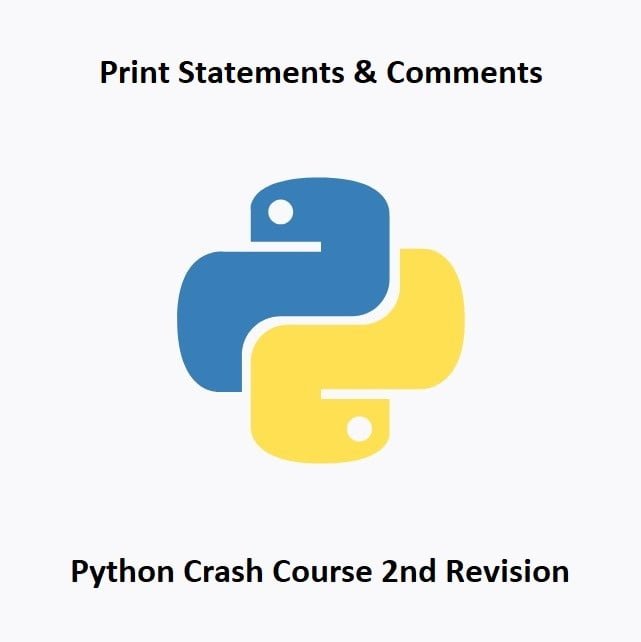
Unnamed Structures for Streamlined Data Handling!
Welcome to the world of Golang! Inline structs in Go enable the creation of structures without assigning them a name, offering flexibility and brevity in organizing data. This guide explores the concept of inline structs, demonstrating their usage, advantages, and appropriate scenarios in Go programming.
Introduction to Inline Structs in Go
Definition of Inline Structs
- Inline structs, also known as anonymous structs, refer to structures declared directly within a function or code block without assigning them a specific name.
Unnamed Structure Declaration
- Unlike traditional struct declarations that involve naming the structure type, inline structs allow defining structures on-the-fly without specifying a name for the type.
Flexibility in Data Organization
- Inline structs offer flexibility by allowing developers to create and use structures ad-hoc, especially when the structure’s purpose is localized or specific to a particular function or code block.
Comparison with Named Structs
- Contrast between inline structs and named structs, highlighting that inline structs don’t require the struct type to be declared beforehand and don’t persist beyond the function or block where they are defined.
Usage Scenarios
- Inline structs are beneficial when there’s a need for a structure that is short-lived, specific to a particular function, or when its purpose is purely for local data organization.
Simplified Declaration
Concise Syntax
- Inline structs in Go are declared and initialized directly within a function or code block using a compact syntax without specifying a struct name.
Example Syntax
- An example of declaring an inline struct might look like this:
data := struct {
field1 int
field2 string
}{
field1: 10,
field2: "example",
}
Structure Initialization
- The declaration involves defining the structure’s fields within braces
{}and providing their respective values, similar to initializing a regular named struct.
Field Definitions
- Field definitions within inline structs follow the same syntax as traditional named structs, using field names followed by their types.
No Named Type Assigned
- Unlike named structs that require a specific type name for the structure, inline structs are declared anonymously without assigning a name to the structure type.
Usage within Scope
- The inline struct exists within the scope of the function or block where it’s declared and initialized, enabling data organization for that specific context.
Benefits of Simplified Declaration
- The concise syntax simplifies the creation of structures when a named type is unnecessary or when the structure’s purpose is localized, improving code readability and reducing overhead.
Limitation
- However, as inline structs exist within a limited scope, they cannot be reused across different functions or parts of the codebase, restricting their usage to the specific context where they are defined.
The simplified declaration of inline structs provides a streamlined way to define and initialize structures on-the-fly within specific scopes, offering a more concise syntax compared to defining named struct types when the structure’s use is temporary or confined to a specific context.
Local Scope Nature
Limited Scope
- Inline structs in Go have a local scope, meaning they are only accessible within the function or block where they are declared and initialized.
Encapsulation and Enclosed Scope
- Declarations of inline structs are encapsulated within the specific function or code block, providing a confined environment for the struct and its associated data.
Isolation from External Scope
- Inline structs are isolated from the external scope, ensuring that their definitions do not affect or interfere with other parts of the program outside their defined scope.
Visibility Limitation
- Inline structs cannot be accessed or referenced from outside the function or block where they are defined, enhancing encapsulation and preventing unintended usage.
Temporary Existence
- Inline structs have a temporary existence, created for a specific purpose within the confined scope, and cease to exist once the scope is exited.
Localized Data Organization
- The local scope nature of inline structs allows for the localized organization of data within a specific function or block, aiding in clarity and separation of concerns.
Avoidance of Name Collisions
- The use of inline structs within a local scope helps avoid naming conflicts or collisions with identically named structs in other parts of the program.
Encouraging Modularity
- The confined nature of inline structs promotes modularity by encapsulating related data within a limited scope, enhancing code maintainability and readability.
Purposeful Data Organization
- Developers can utilize inline structs to structure and organize data purposefully within a specific context, ensuring data integrity and ease of comprehension within the confined scope.
Understanding the local scope nature of inline structs is essential in leveraging them effectively for localized data organization and encapsulation within specific functions or code blocks without impacting the broader scope of the program.
Readability and Code Conciseness
Enhanced Readability
- Inline structs contribute to code readability by encapsulating related data within the same function or code block where it’s used, making the code more self-contained and easier to comprehend.
Localized Data Organization
- Structuring data using inline structs within a confined scope makes the code more readable by logically organizing related data near its usage, aiding developers in understanding its purpose.
Improved Clarity
- By grouping data directly where it’s needed, inline structs can enhance code clarity, making it easier to understand the relationships between different data elements and their usage.
Reduced Cognitive Load
- Inline structs help reduce cognitive load by presenting data structures in a localized and concise manner, allowing developers to focus on the specific context without navigating through distant struct definitions.
Conciseness and Simplicity
- The compact syntax of inline struct declaration contributes to code conciseness by avoiding the need for separate named types when the structure is used only within a specific scope.
Clear Intent and Usage
- Inline structs explicitly show where the data is used, providing clear visibility of its purpose and usage without requiring external references or navigating to separate struct definitions.
Ease of Maintenance
- Well-organized and localized data through inline structs can simplify maintenance tasks, as changes or modifications to the data structure are confined to a specific scope.
Avoidance of Overhead
- Using inline structs prevents the creation of unnecessary named types or structs when the data organization is temporary or specific to a single function or block, reducing code overhead.
Balancing Conciseness and Readability
- While inline structs offer concise data organization, developers should maintain a balance between code conciseness and readability to ensure the code remains clear and maintainable.
In summary, inline structs in Go contribute to code readability and conciseness by allowing the localized organization of related data within specific functions or code blocks. This localized approach enhances code comprehension, simplifies maintenance, and reduces the cognitive load on developers by presenting data structures in a clear and focused manner.
Understanding inline structs provides Go programmers with an additional tool for organizing data efficiently within function scopes or specific code blocks without the need to define named types. Their flexibility and localized scope make them useful for specific scenarios where ad-hoc data organization is required.
Golang Code Example
Here’s a basic example of how you can define and use an inline struct in Go:
package main
import "fmt"
func main() {
// Inline struct literal
person := struct {
FirstName string
LastName string
Age int
}{
FirstName: "John",
LastName: "Doe",
Age: 30,
}
fmt.Println("First Name:", person.FirstName)
fmt.Println("Last Name:", person.LastName)
fmt.Println("Age:", person.Age)
}
In this example, we define an anonymous struct literal within the main function. This anonymous struct has three fields: FirstName, LastName, and Age. We then create an instance of this struct and initialize its fields using field names and values. Finally, we print the values of these fields.
Conclusion
Inline structs are useful in scenarios where you need a small, simple data structure for a specific purpose, and you don’t want to create a named type for it. However, keep in mind that you can’t reuse this inline struct type elsewhere in your code. If you need to use the same struct definition in multiple places, it’s better to define a named struct type.
That’s All Folks!
You can find all of our Golang guides here: A Comprehensive Guide to Golang




